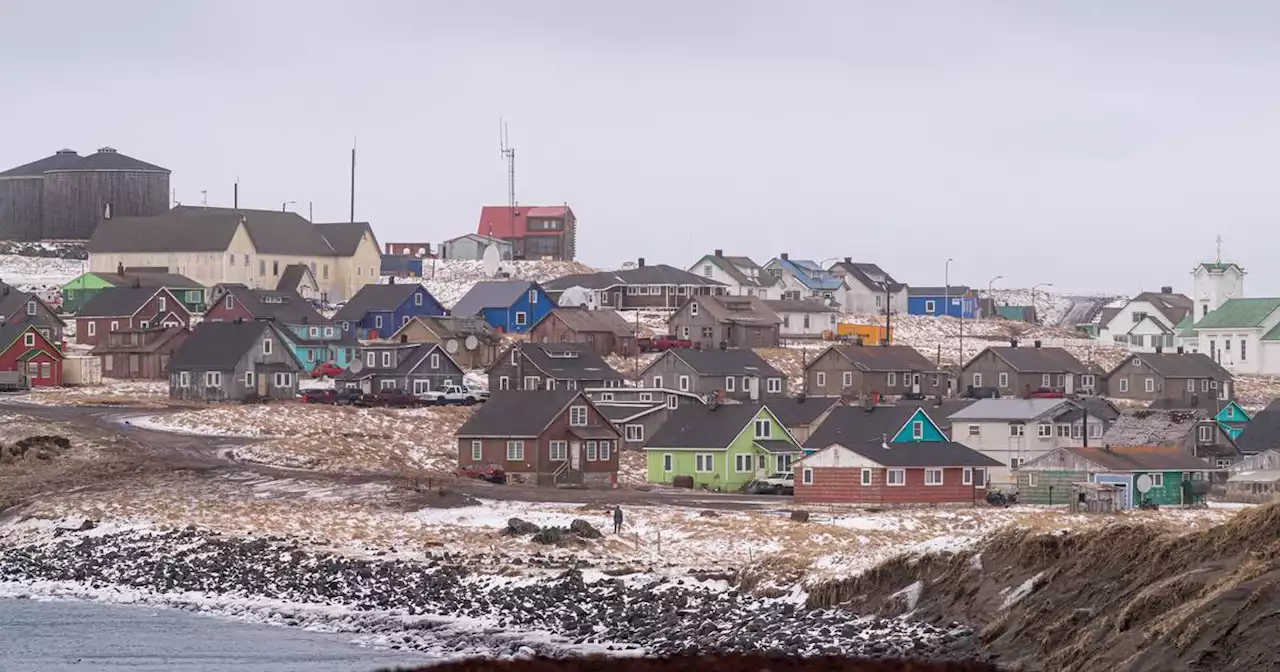Special report: A decline in snow crabs in the Bering Sea has dealt a big blow to the Alaska island community of St. Paul, home of North America’s largest snow crab processor.
4Last in a series. These stories were reported in partnership with the Seattle Times and the Pulitzer Center’sST. PAUL — The Trident Seafoods plant tucked inside this island’s small port is the largest snow crab processor in the nation.
This year, the snow crab harvest dropped nearly 90% in a body blow to the city’s budget and to its efforts to keep people from moving away. The crab that generate tax money do best in a frigid bottom layer of water — known as the cold pool — that winter sea ice helps to create. Federal surveys found snow crab stocks collapsed in the aftermath of two warm years, 2018-19, when the annual winter ice pack shrank, and the cold pools that offer crab protection from cod and other predators were drastically reduced.
Aleuts lead a St. Paul-based fishing association that participates in the harvests and uses its earnings to assist island residents. They have fought to conserve halibut stocks for local fishermen. On a winter day of constant winds a group of the young fur seals — again and again — emerged from the waves that crashed onto the shores of St. Paul, the largest of five treeless volcanic islands that poke out of the sea some 300 miles west of the Alaska mainland.
St. Paul’s population reached 760 people. All around the island, floating processors moored during the winter season. The Trident processing plant, then newly opened, offered employment opportunities. Meanwhile, local fishermen upgraded their fleet to expand halibut harvests in nearby waters. But St. Paul still maintains a prosperity that has eluded many other Native communities in western Alaska.
A road winds over St. Paul Island, photographed on Sunday, Jan. 30, 2022. St. Paul is the largest of the four islands in the Pribilofs, a group of volcanic islands in the central Bering Sea. But in his first attempt at attending college in Anchorage he said he “failed miserably.” Back home, he gained a new commitment to the Pribilofs, and went back to the mainland to get a bachelor’s degree at the University of Alaska Anchorage with a degree in economics before returning to set down his roots in St. Paul and raise his family.
Today, Melovidov, in addition to his position on the City Council, serves as chief operating officer of the Central Bering Sea Fishermen’s Association. His office is in a modest wood-frame building with a view of the harbor, where he helps manage revenue, largely generated by fishing operations, that last year topped $60 million.Some of the revenue helps subsidize the cost of living in St. Paul.
The Central Bering Sea Fishing Association joined with the tribal government in a long-running battle to reduce the trawlers’ incidental take of the halibut that culminated in a December vote by the North Pacific Fishery Management Council to put tighter restrictions in place. In December, six tribal leaders petitioned the federal Commerce Department to impose a rule for zero chinook salmon bycatch and a hard cap on the take of chum.
In January, the petition was denied by the Commerce Department in a letter that stated poor runs of salmon in western Alaska are assumed to be related to the Bering Sea warming, and noted that the pollock fleet bycatch represented only 3% of the chinook returns to those waterways. Tribal President Philemonoff also sits on the board of the Central Bering Sea Fishermen’s Association, a big island participant in the commercial fisheries. Throughout the years, the tribe and the association often have worked together closely, including in the development of a $15.1 million research center completed in 2021 that would be involved in the marine sanctuary studies.
But the fur seal population continued to shrink, and as of 2021 had dropped to more than 70% below the 1970s levels.
